Disney and Formula 1 – “Fuel the Magic”. Story by Eleonora de Gray, Editor-in-Chief of RUNWAY MAGAZINE. Photo Courtesy: Disney Style / Formula 1 / GettyImages / Arnold Jerocki / Bryn Lennon.
When the Fast Lane Meets Fantasyland
Once upon a time, Formula 1 was the exclusive playground of grit, engineering prowess, and blood-pounding speed. Now? It’s where data telemetry meets Disney fireworks, where paddocks are graced not only by paddock passes but by oversized cartoon gloves. Enter “Fuel the Magic,” a collaboration that made its glittering debut in Las Vegas, confirming what insiders have long suspected: Formula 1 is no longer just a sport — it’s a stage. And like any great stage, it demands characters. Who better than Mickey Mouse?
The 2025 Las Vegas Grand Prix didn’t just bring neon, noise, and speed — it brought a mouse in red shorts wielding a conductor’s baton in front of the Bellagio fountains. Magic, spectacle, and yes, merchandise.
A Magical Meet-Up in Las Vegas
In a city that already defies realism on a nightly basis, it took the world’s most famous mouse to make the Las Vegas Grand Prix feel even more theatrical. As part of the Disney–Formula 1 alliance’s “Fuel the Magic” campaign, Mickey Mouse took center stage — quite literally — at the Bellagio, conducting a nighttime symphony of fireworks and fountains, flanked by the sort of pageantry only Disney can manufacture without irony.
To mark Disneyland’s 70th anniversary (because anniversaries go better with high-speed tire degradation), the Disneyland marching band played the national anthem on race day. Meanwhile, Mickey and Minnie paid a civic visit to a local Vegas community event — a PR move so polished it might have come pre-packaged in a collectible tin.
The Mickey & Friends ensemble then toured the pit lane before qualifying, mingling with teams and selected fans in what can only be described as a surreal tableau: grease-streaked mechanics elbow-to-elbow with cartoon mascots, the scent of burnt rubber wafting through the air, somewhere between Le Mans and Main Street U.S.A.
Even the futuristic Las Vegas Sphere couldn’t resist. The high-tech dome lit up with racing cars and supersized Mickey silhouettes in a projection show that screamed both spectacle and sponsorship. For a brief moment, Formula 1 didn’t just flirt with showbiz — it married into the family.
If traditionalists winced, they were drowned out by camera shutters and Disney’s signature orchestral swells. And why not? In an era where every brand seeks its transmedia soulmate, Mickey Mouse finding his way to the Formula 1 grid almost feels inevitable. After all, if the sport is going to sell dreams at 200 miles per hour, who better to narrate the fantasy than the original dream merchant himself?
Beyonce at Disney and Formula 1 in Louis Vuitton Outfits
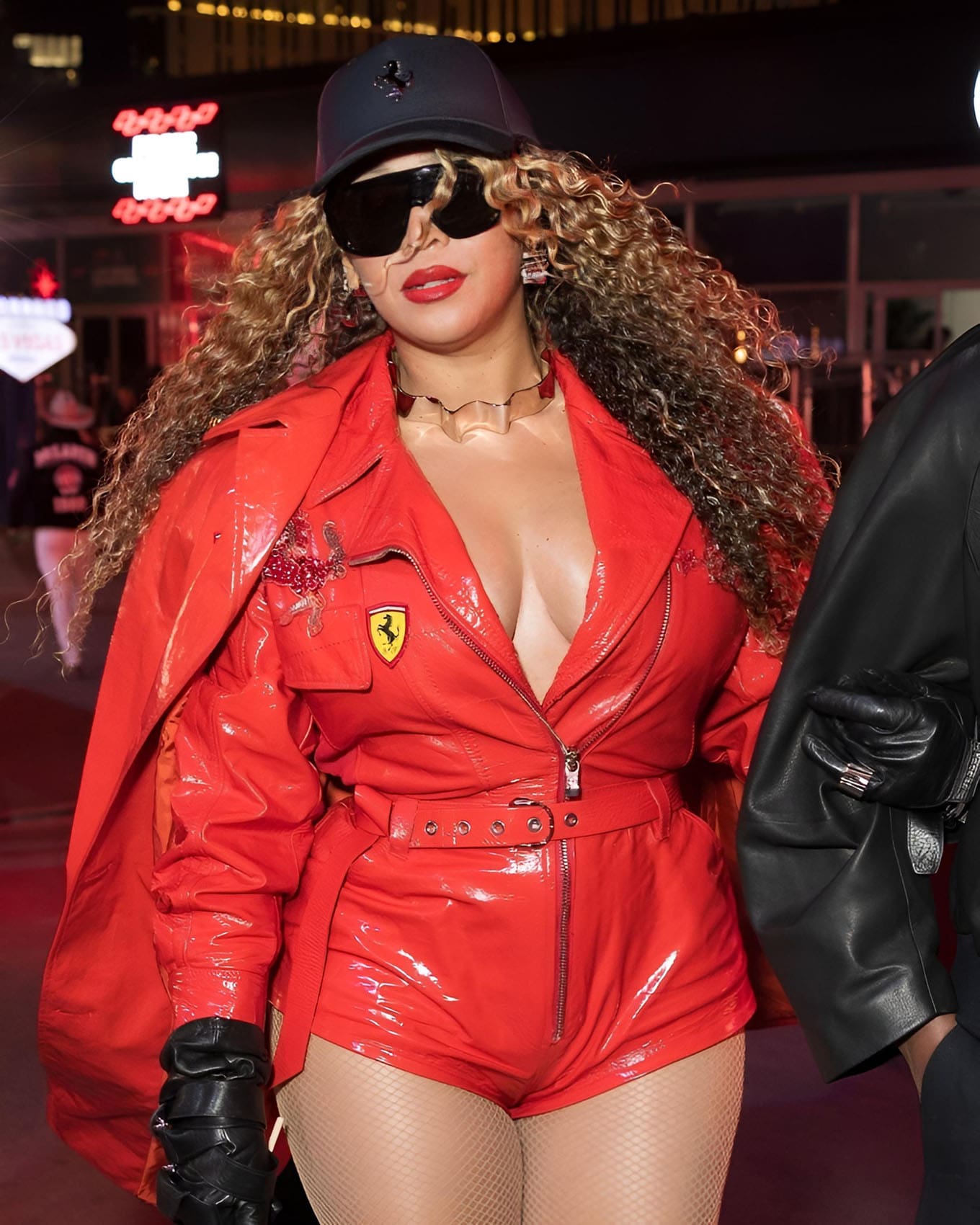
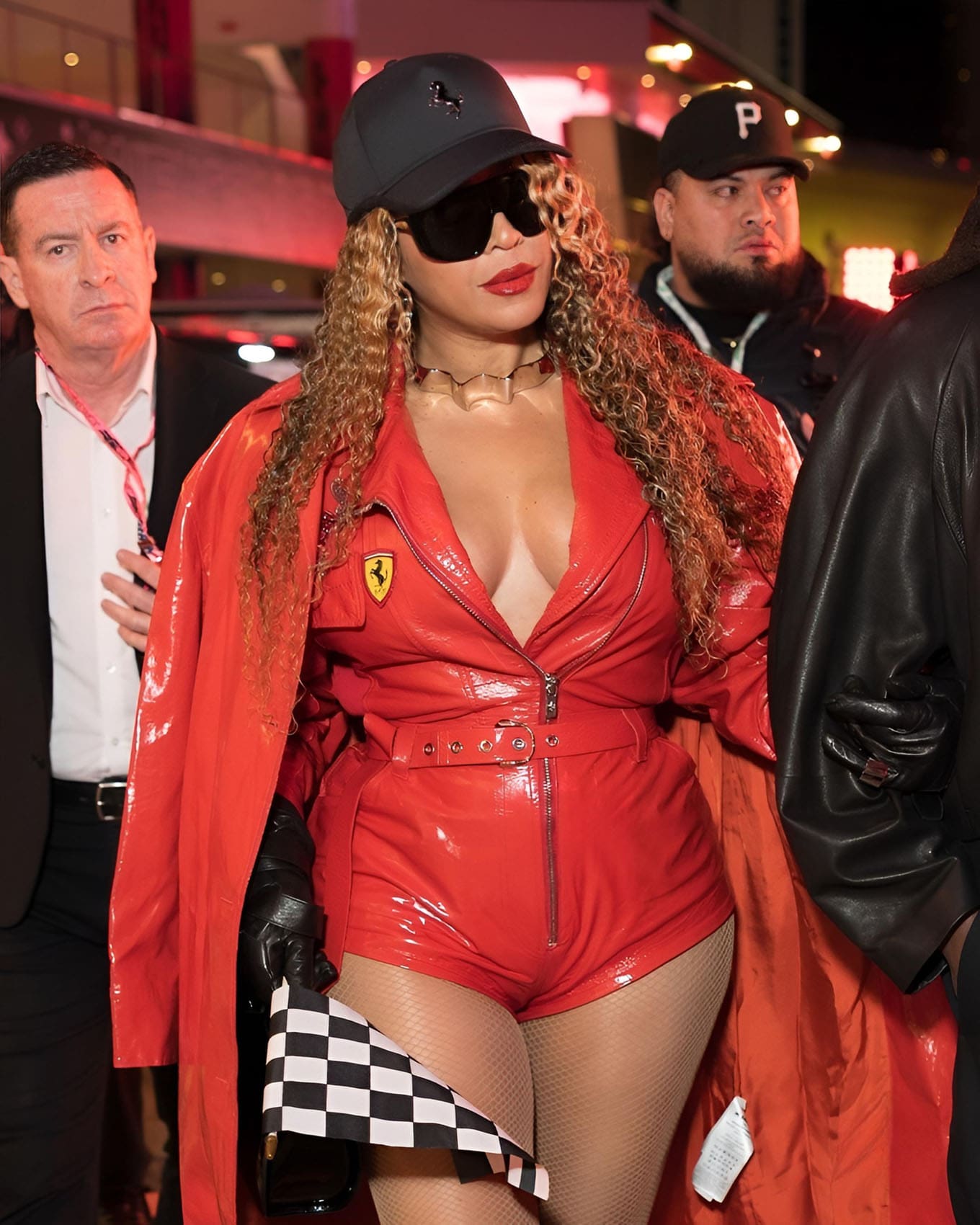
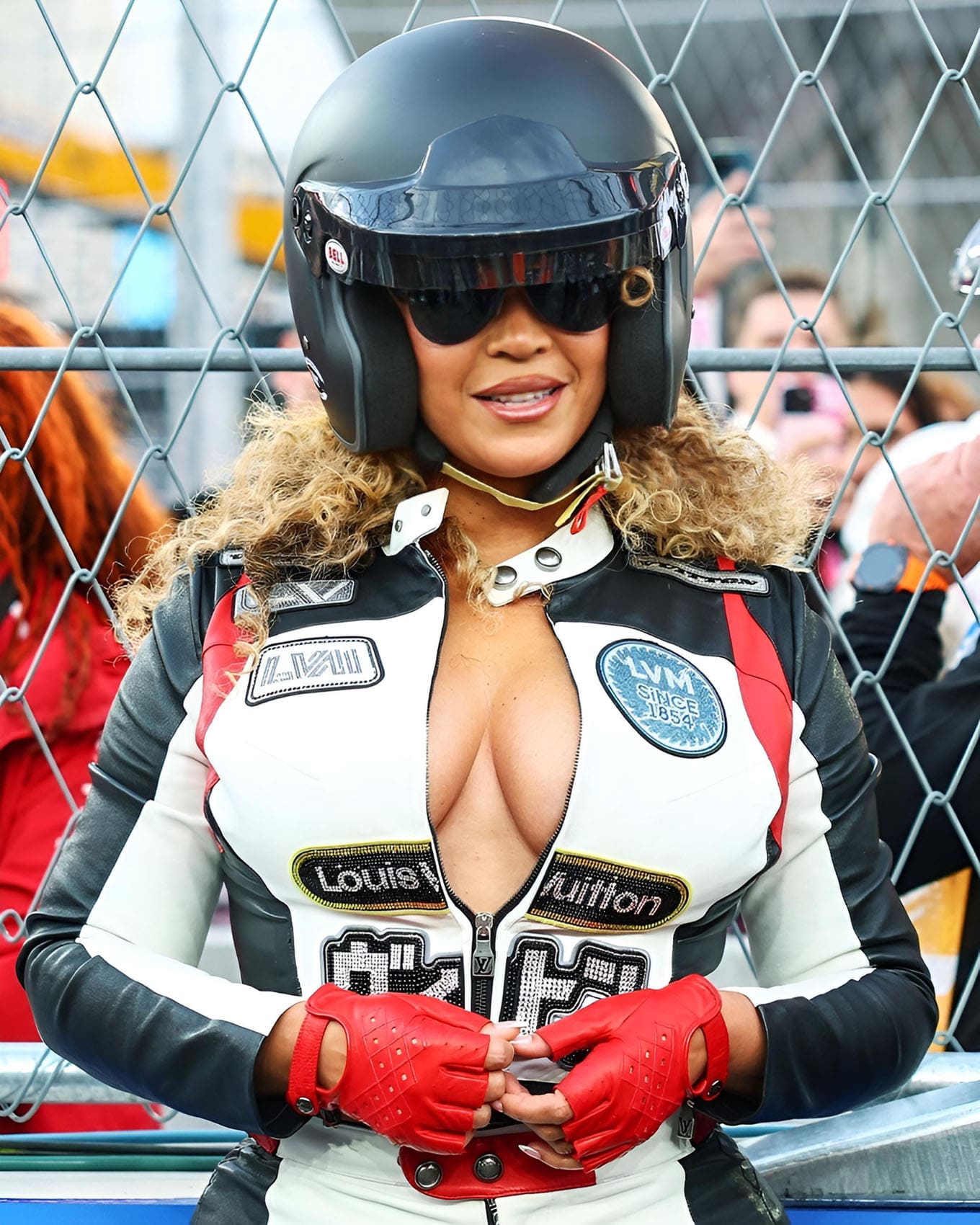
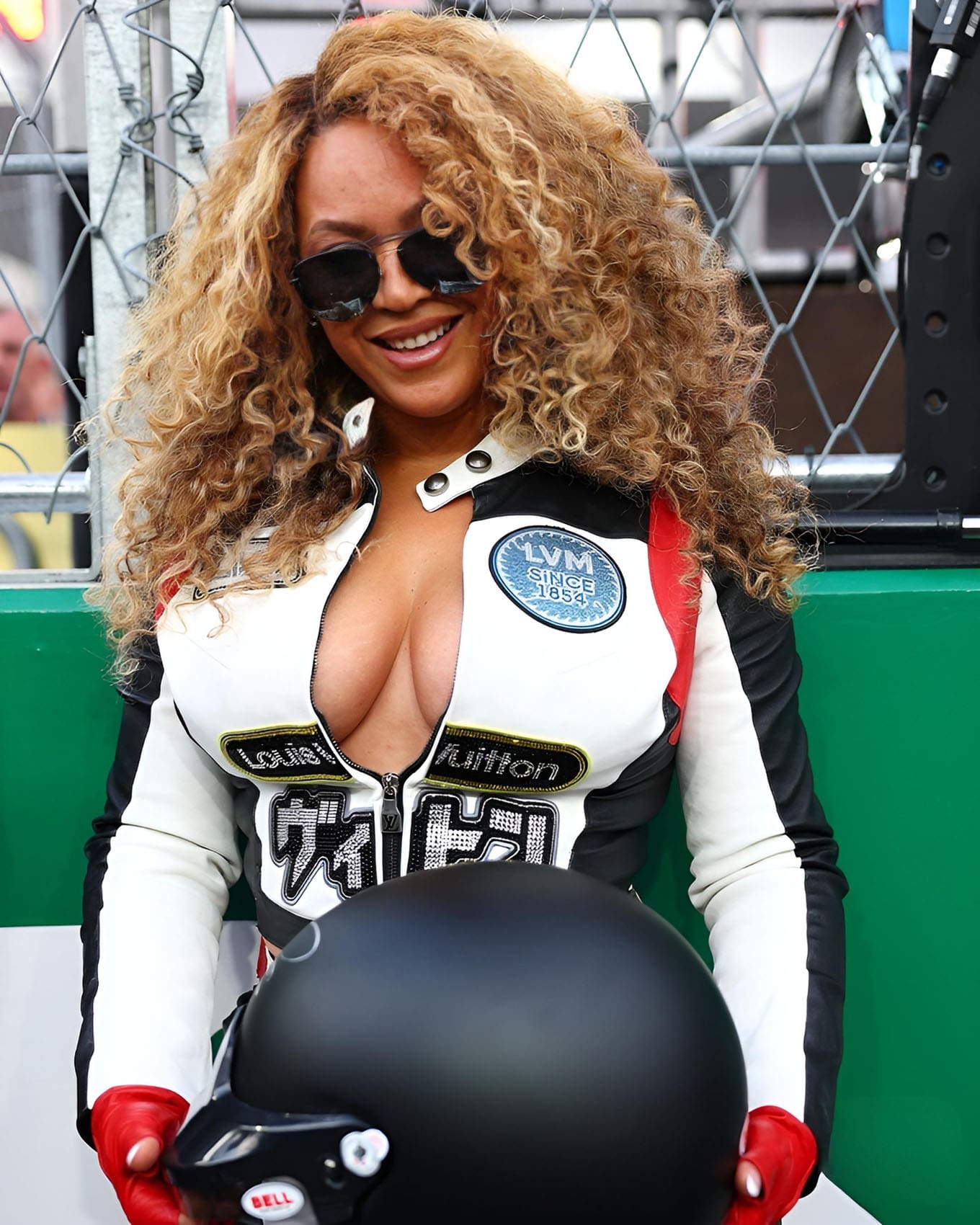
Arnold Jerocki/Bryn Lennon – Formula 1/Formula 1 via Getty Images
How This Partnership Came Together (and Why)
If there were ever a natural place for Disney and Formula 1 to announce their union, it would be the Licensing Expo in Las Vegas — the world’s most cheerful marketplace for monetizing intellectual property. That’s where, in May 2025, the curtain lifted on what is now known as “Fuel the Magic,” a cross-promotional lovechild that few saw coming but, in hindsight, makes almost too much sense.
Formula 1, once the stoic gentleman of global sport under the iron-fisted era of Bernie Ecclestone (who famously scoffed at marketing to kids), has undergone a full-blown personality makeover. With Liberty Media at the wheel, the sport has leaned hard into youth and lifestyle. Toy deals? Check. LEGO sets? Check. Mattel? Absolutely. The only missing piece was the fairy dust. Cue Mickey Mouse.
This is not just a pivot; it’s a pirouette. In place of hard-nosed exclusivity and cigar smoke, we now have hashtags, TikToks, and 3D-rendered princesses gracing pit lanes. The Disney partnership isn’t just the most ambitious move in F1’s licensing playbook — it’s the loudest signal yet that the sport is no longer just about engines and apexes. It’s about reach, relevance, and retail.
Behind the scenes, the timing of this deal
Behind the curtain, the timing raised more than a few corporate eyebrows. Disney, through ESPN, was the U.S. broadcaster of Formula 1 up until the end of the 2025 season. So when news broke that ESPN would step aside in favor of a fresh Apple TV deal for 2026–2030, the obvious question was: Is Disney out of the F1 business?
Not quite. Like any savvy brand empire, Disney knows how to keep a foot in the door — and the other in the gift shop. With the Mickey Mouse collaboration set to launch in 2026, just as ESPN exits stage left, the House of Mouse has neatly pivoted from sports rights to spectacle rights. It’s less about where fans watch Formula 1 and more about what they wear, buy, and Instagram while they’re doing it.
In the words of one media analyst: “It’s genius. Disney gets to stay in front of F1’s global audience without having to deal with lap charts or tire strategies — just character licensing and cash registers.” And really, who needs grid penalties when you have limited-edition mouse ears?
From F1’s perspective, the collaboration is no less strategic. This isn’t about selling a few plush toys; it’s about embedding the sport deeper into pop culture. Formula 1 no longer wants to be the niche jewel of engineering purists. It wants to be a content universe — the Marvel Cinematic Grand Prix. The Vegas night race, Netflix docuseries, and celebrity grid walks were just the beginning. Now, with Disney’s storytelling machine on board, the sport is aiming for mythmaking.
And while the visual of Toto Wolff pacing the garage while Mickey Mouse flashes peace signs to fans might once have belonged in satire, today it feels oddly… inevitable. In an F1 world where spectacle is strategy, a little Disney magic doesn’t seem so far off track.
From Louis Vuitton to Mickey Mouse: F1’s Two Big Collaborations
It’s hard to imagine two more divergent brand universes than Louis Vuitton and Disney. One conjures the scent of champagne corks and crocodile leather; the other, popcorn and plush toys. And yet, both now co-exist in Formula 1’s expanding brandscape — because in the modern F1 paddock, there’s apparently room for both heritage luggage and talking mice.
Back in 2024, Formula 1 struck a 10-year deal with luxury titan LVMH, timed to coincide with the sport’s 75th anniversary in 2025. It was pitched as a marriage of “art de vivre” and apex engineering — a natural pairing, if your idea of natural involves €60,000 travel trunks and diamond-encrusted chronographs. Louis Vuitton even crafted a bespoke trophy trunk for the 2025 Las Vegas Grand Prix, complete with monogrammed canvas and a chic checkered flag motif. Nothing says victory like artisan luggage.
That LVMH partnership adds layers of prestige, craftsmanship, and just the right whiff of exclusivity to F1’s image. It caters to the clientele who arrive by private jet and expect their hospitality suites to feature caviar service and monogrammed napkins. And then, as if balancing the grid itself, enters Disney — offering the accessible, multigenerational counterbalance.
Disney’s arrival doesn’t dilute Formula 1’s brand; it broadens it. The strategy is clear: court both the billionaires in the paddock and the eight-year-olds watching Cars 3 on Disney+. LVMH brings the leather; Disney brings the lore. Champagne and castle turrets, in one long pit straight of brand synergy.
F1 isn’t choosing between the haute couture and the cartoon mouse. It’s embracing both — because in today’s motorsport multiverse, prestige and playfulness are not opposites. They’re adjacent revenue streams. As Stefano Domenicali put it, the sport is reaching “new and more diverse audiences.” In 2025 that meant sipping Dom Pérignon under a Louis Vuitton parasol; in 2026 it means wearing Mickey ears while cheering for Ferrari.
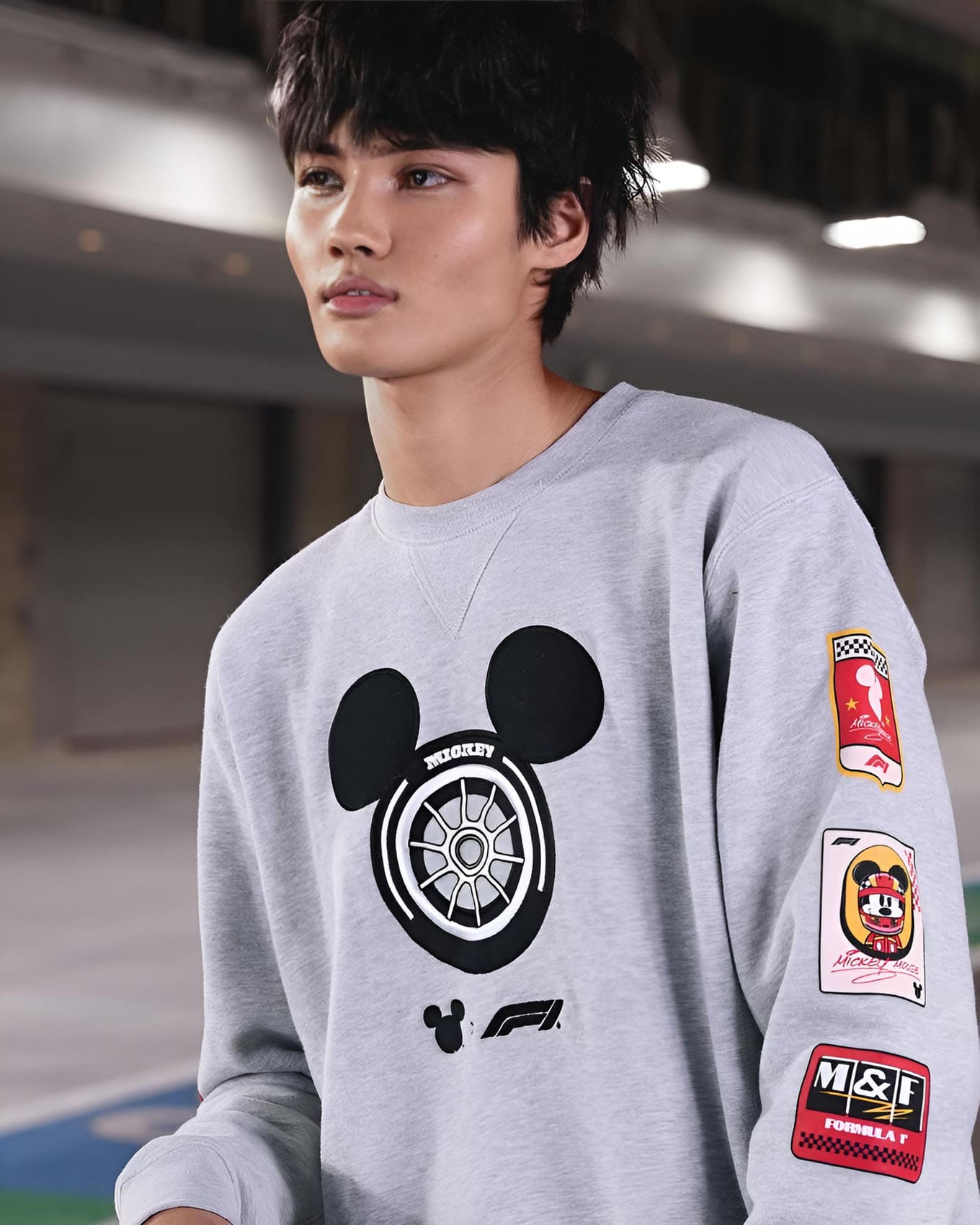



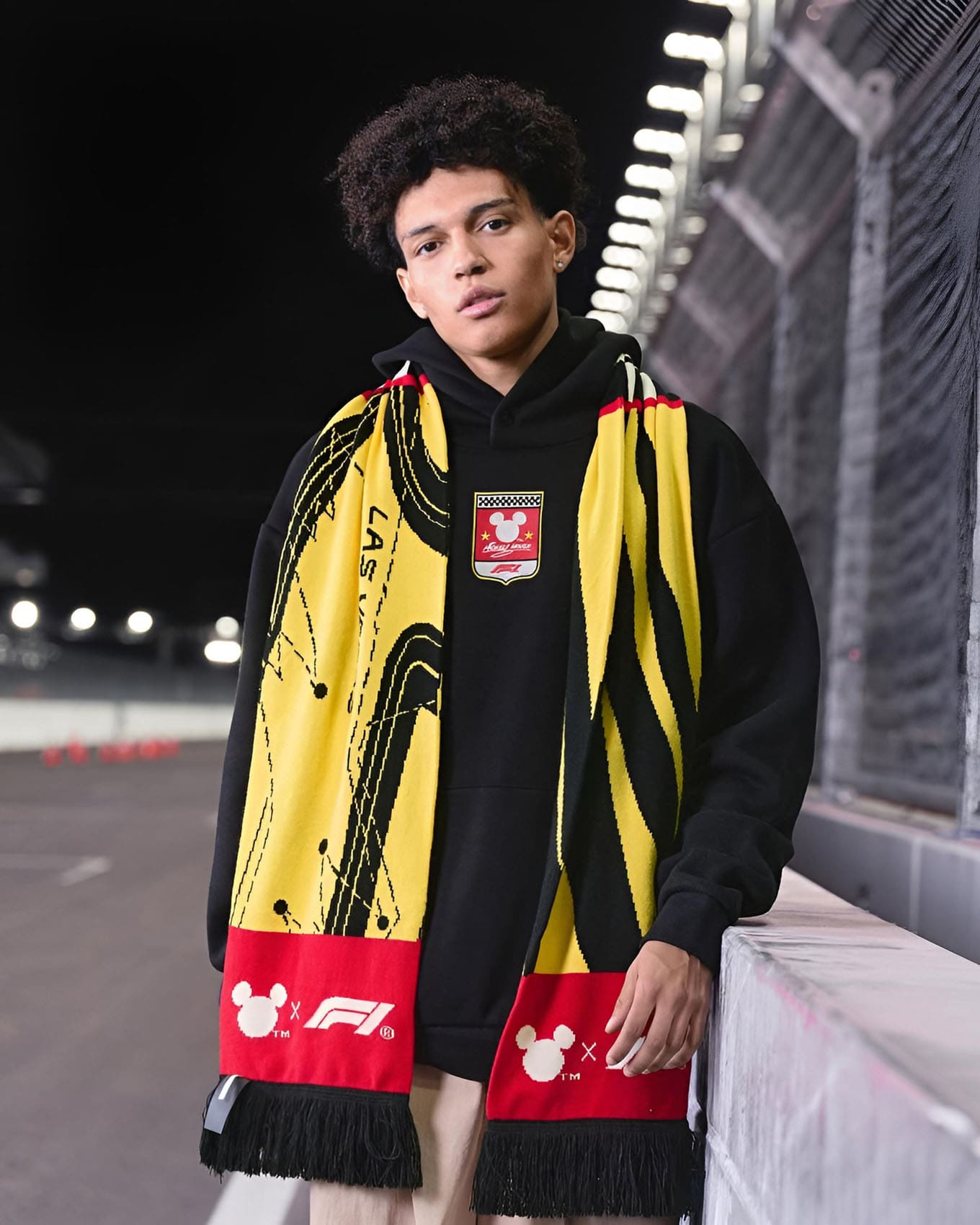
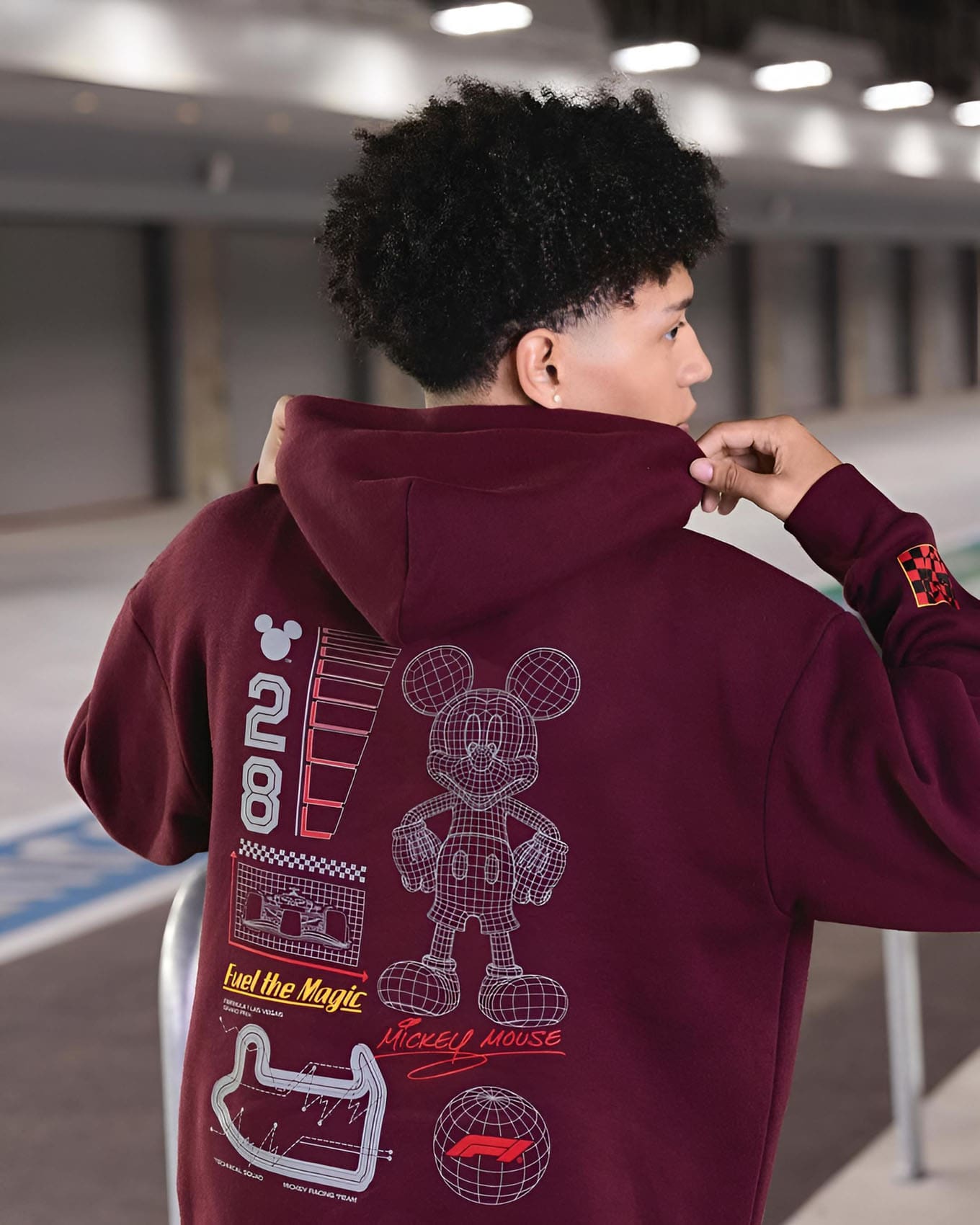
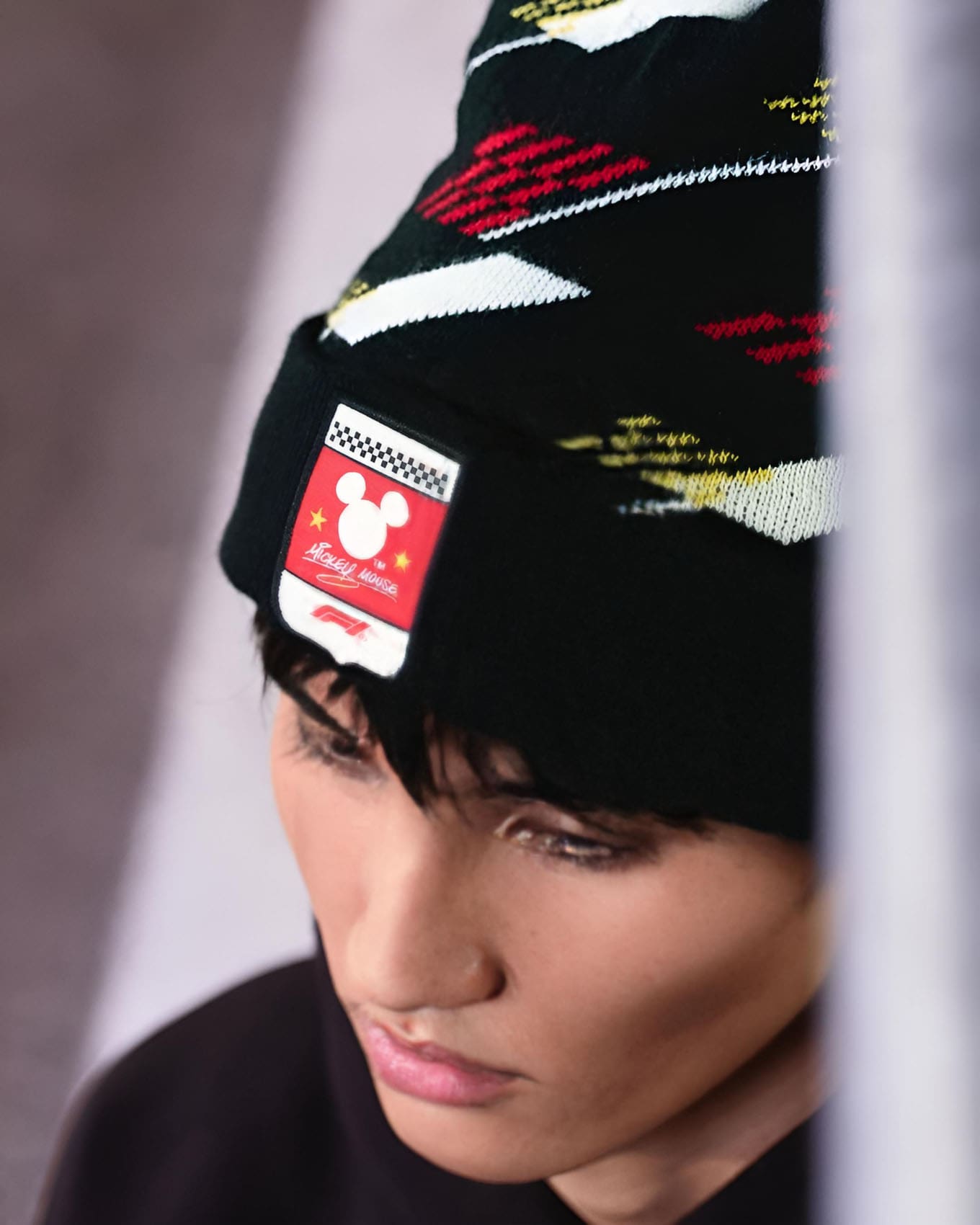
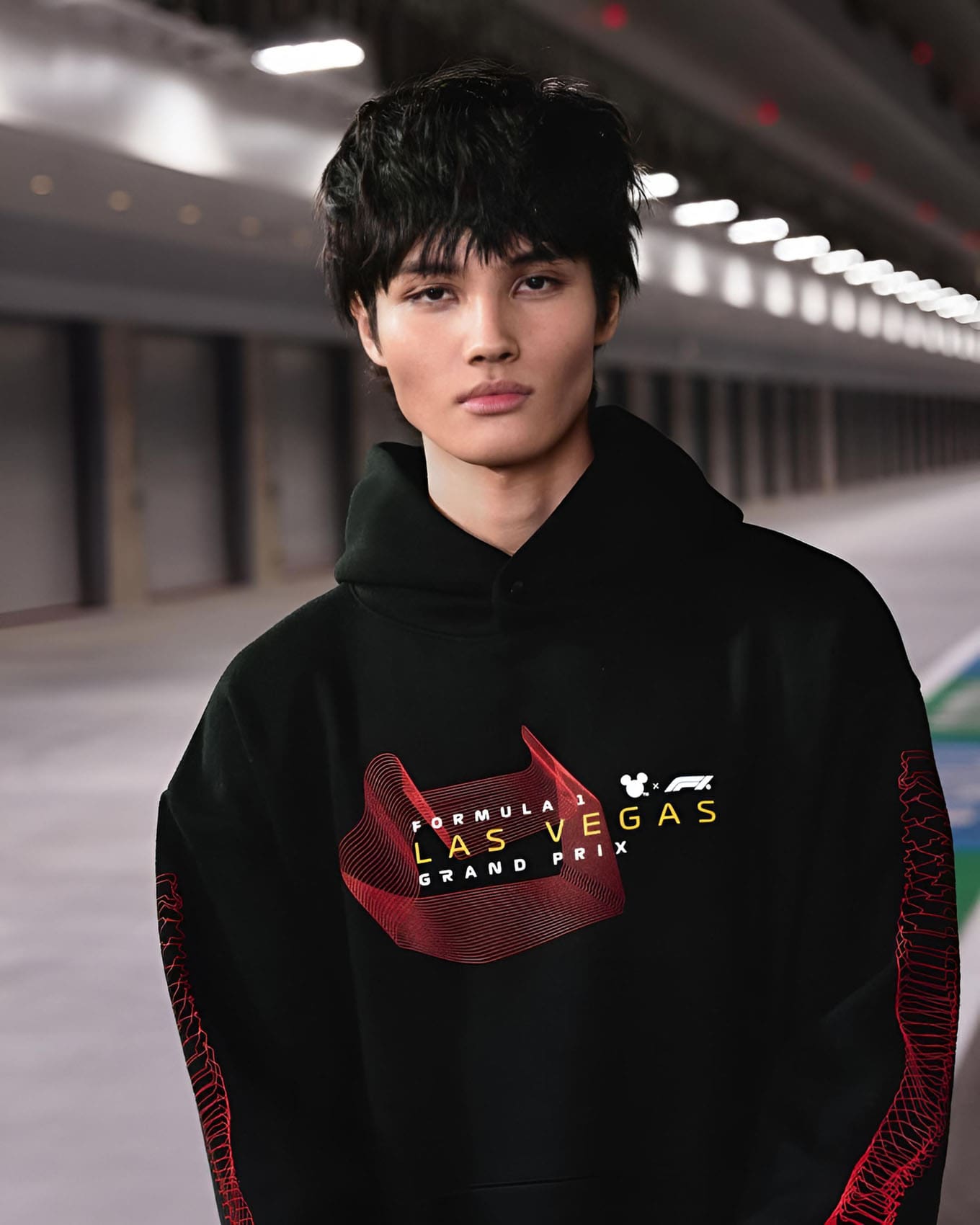
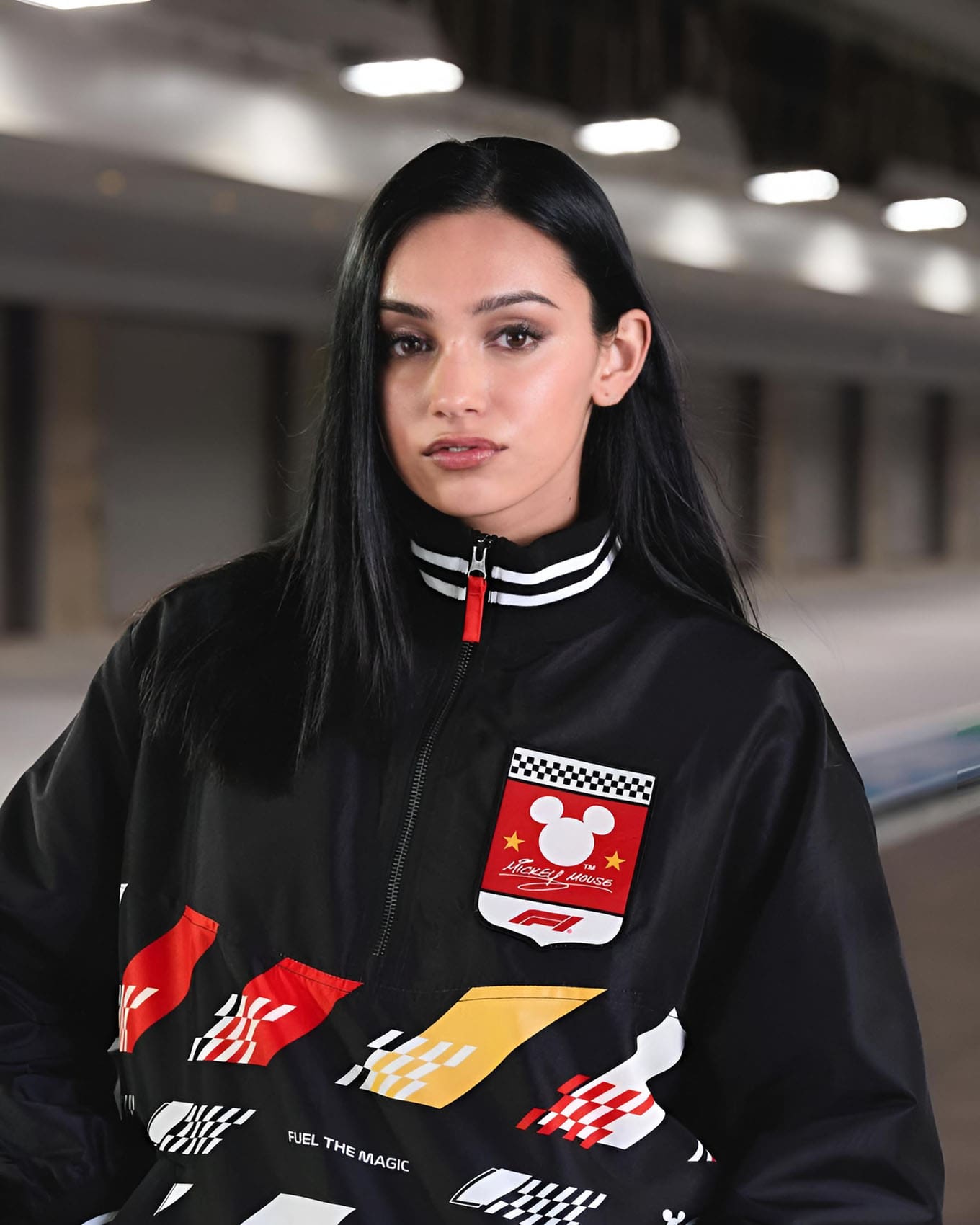
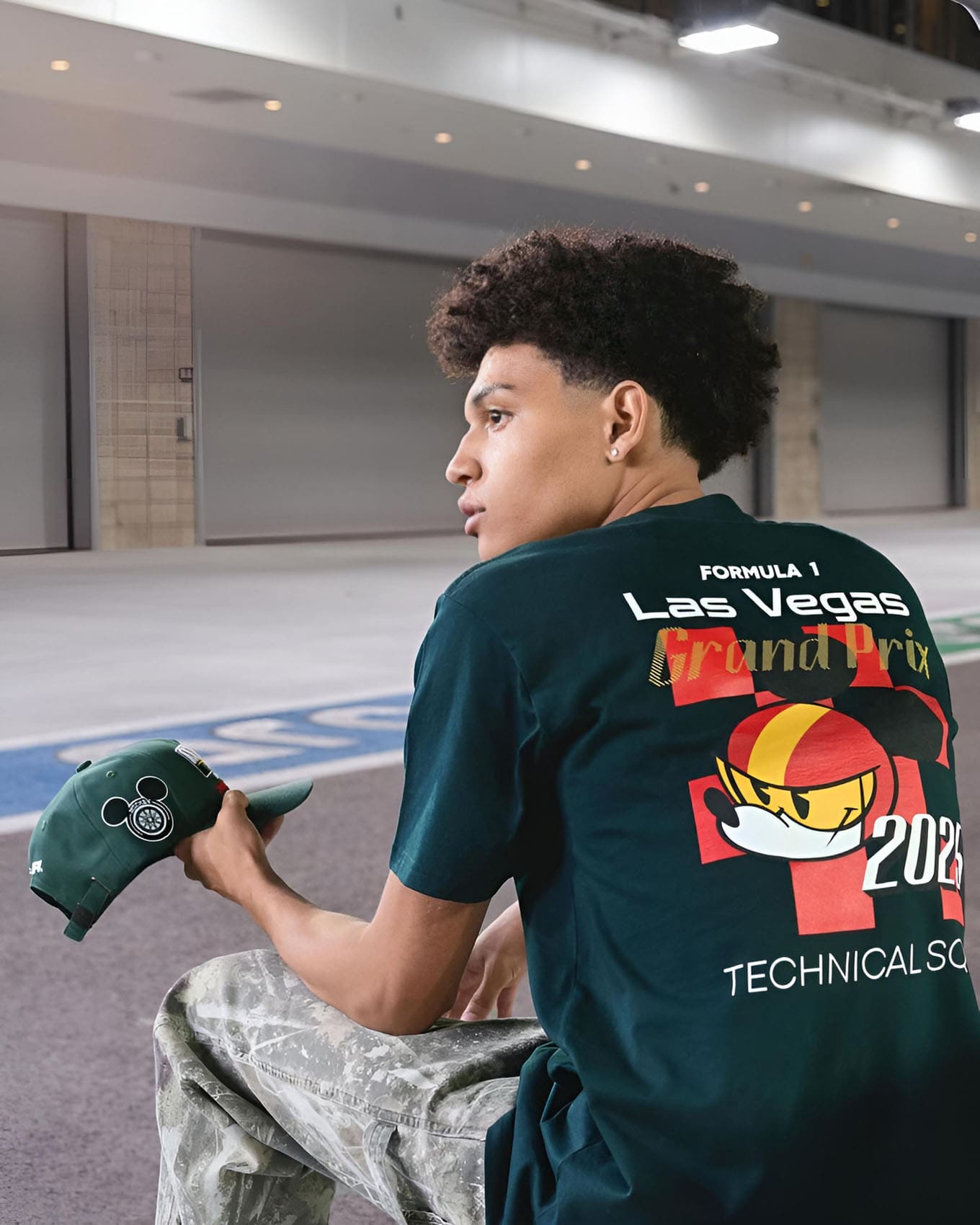
Rumors, Reactions, and What’s Next
As expected, the news that Mickey Mouse would be moonlighting as an F1 ambassador ignited a mix of enthusiasm, confusion, and memes. Fans online ranged from charmed to bemused. Some hailed the move as a clever way to welcome new (and younger) audiences. Others worried the grid might become a literal cartoon. The phrase “Mickey Mouse championship” was thrown around — only half-jokingly this time.
Media outlets described it as a “curious powerhouse” deal — the collision of carbon fiber and fantasy. Formula 1, it seems, has fully embraced the idea that entertainment is as important as engineering. In a post–Drive to Survive world, the sport no longer merely tolerates spectacle; it choreographs it. If Toto Wolff sharing a paddock with Woody from Toy Story sounds like satire, you haven’t been paying attention.
What’s coming next? So far, Disney has offered a tantalizing glimpse. Their consumer products division, led by streetwear icon Bobby “Hundreds” Kim, debuted a 25-piece collection during the Vegas Grand Prix. These aren’t just shirts with cartoon characters slapped on them — the designs attempt to thread the needle between luxury sportswear and recognizable Disney motifs. Think: a Mickey silhouette made of checkered flags, not mouse ears and glitter glue.
Even Aston Martin got animated — literally — revealing Buzz Lightyear–themed race gear and hoodies emblazoned with “To Infinity and Beyond.” This suggests the collaboration won’t stop at Mickey. Expect Pixar, Marvel, maybe even Jedi waving at the finish line before long.
Disney and F1 have both promised more details as 2026 approaches, and fans are encouraged to follow the hashtag #FuelTheMagic — because naturally, the magic must be monetized. The collaboration is slated to run through 2027, with more character tie-ins, merchandise drops, and immersive fan experiences likely to follow.
Epologue
If it all feels like a fever dream — a world championship dressed in mouse ears — well, that’s by design. Formula 1 isn’t just selling speed anymore; it’s selling story arcs, soft toys, and synergized spectacle. In 2025, the podium was draped in Louis Vuitton and bathed in vintage Moët. In 2026, we’ll be live-streaming podium selfies with Mickey while wearing $240 “Pit Crew Pluto” hoodies. The engines may still roar, but the loudest sound in the paddock is the ka-ching of the merchandise register. This is not just racing — it’s racing, rebranded, repackaged, and ready for retail.
Magic, after all, isn’t free. But it does come in three sizes, with a commemorative lanyard.
Let’s just hope, somewhere beneath the limited-edition hoodies and holographic pit passes, we’re not auctioning off the very human values Walt Disney — and Mickey, once upon a time — set out to inspire.
Sources: Disney & F1 press & LVMH releases
thewaltdisneycompany.com
formula1.com
f1i.com
lvmh.com
Formula1.com
thewaltdisneycompany.com
